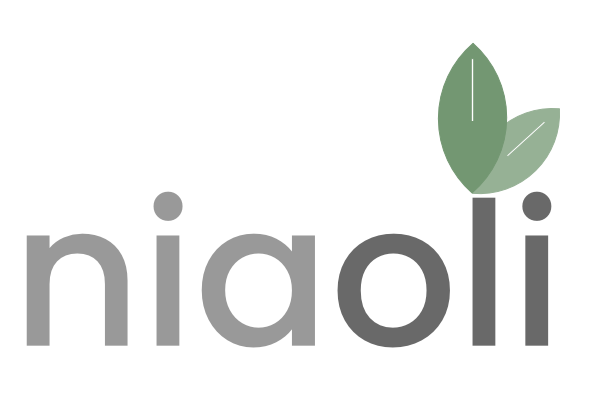What is an inbound marketing strategy? You’ve heard the term everywhere and probably wonder how to get started.
Beyond the trend, inbound marketing mixes all digital marketing practices (emailing, seo, content, chat,…). Both Hubspot and Marketo provide a definition of an ideal inbound marketing strategy. However, these definitions are often linked to their platform. In fact, creating your inbound strategy means doing everything you can to attract and convert prospects.
Let’s take a look at the 10 steps you can use.
1. Goals
As any marketing strategy, your inbound marketing strategy all starts with setting up goals. Indeed, without clear goals defined, the perfect strategy will lead you nowhere.
To achieve this, you can use the SMART methodology. SMART meaning Specific, Measurable, Attainable, Relevant and Timely.
2. Positioning
It makes sense to think about your positioning first. However, brands often forget this key step. Before jumping into your plan, you need to decide if you want to be premium, mass-market, or specialised on a niche.
Our advice: your positioning has to be realistic, in line with who you are and what you offer. If you count on pure storytelling to sell the moon, chances to drive your business to a scam factory are high.
3. Buyers Personas
Your buyer personas are a fictional representation of your ideal customers. Knowing from the start who you target will clearly help you design the perfect plan to attract them.
Defining buyer personas starts with assumptions, writing down your thoughts. A good old fashioned market research can definitely give a strong background to your personas. But surprisingly, most brands skip this step.
Overtime, the fit between the market and your offer will also tell you more about your personas.
4. Buyers journey
Moving from theory to practical requires thinking about the journey. Indeed, your interactions with your personas will drive – or not – the successful path to your goals.
With all the advanced digital tools available today, you have to be creative and make a difference. A spotless and original journey will let prospects come back again to you.
5. Marketing triggers
Knowing your buyers personas will help you identify their pain points.
In a ideal inbound marketing strategy, the purpose is not to advertise your product or services. In other words, the real goal is to address your personas, and demonstrate that your offer is an original response to their pain points.
To achieve this, simply list the pain points of your personas and organise your content and offer around these.
6. Content strategy
Original and strong content: this is the key for attracting your prospects. Once you know your personas, addressing them with an original content is often a good way to start the discussion.
Needless to say, content is key. It will drive your inbound strategy through every channel: search engines, advertising, social interactions, nurturing emails.
7. Inbound Nurturing
Once you have prospects onboard, it’s a long way to drive them to conversion. This is the part where your nurturing plans have to be solid. As a consequence of over-used methodologies, I personally end up with my inbox full of the same boring messages. Most of the time, these messages use the same exact sentences.
Be different, creative, original, true to your brand. Nurturing has to be natural, and not boring.
8. Conversion
In addition, you will have to optimise your conversion. Therefore, your marketing and sales efforts need to be aligned.
One major failure of inbound strategies lies in sales emergencies. Should you opt for an inbound strategy, you will have to accept that results take time. In other words, inbound brings sustainable success, but requires patience.
9. Customer program
Your inbound marketing strategy doesn’t stop once your customers are here. In fact, it’s the beginning of a second key part.
A quick efficiency analysis always leads to the same conclusion. The best channel for conversion is… your own customers!
To summarise, you need to have a powerful customer program. Keeping your customers happy and in touch will naturally help develop referrals and recommendations.
10. Platform
Last but not least, you will need an integrated platform to easily manage your inbound strategy.







